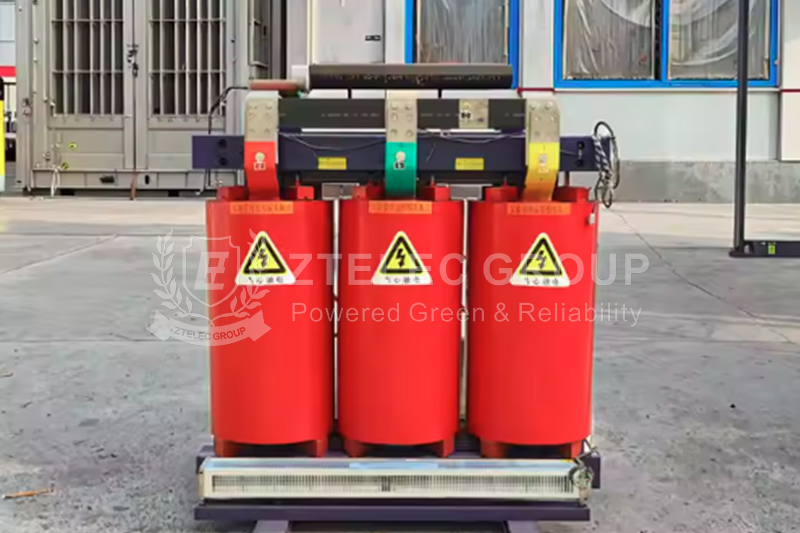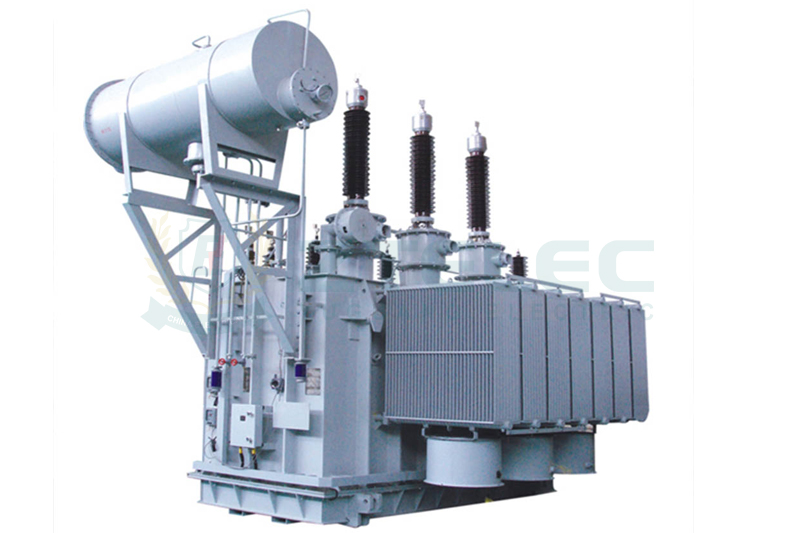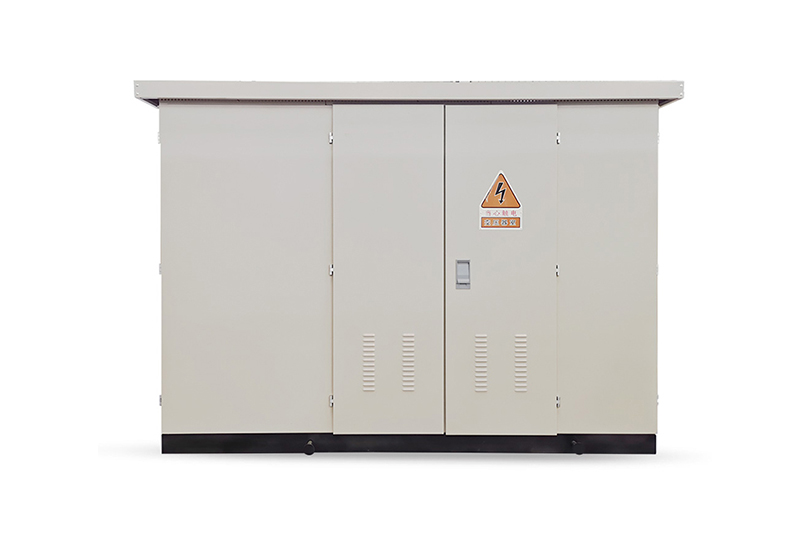Future Development Trends in Dry-Type Transformer Technical Specifications
Time:2025-06-6 Auther:ZTelec-www.ztelectransformer.com
Dry-type transformers, which use solid insulation such as epoxy resin instead of liquid dielectric media, offer distinct advantages like compact design, fire resistance, and low maintenance. Widely used in hospitals, subways, schools, and factories, their technical specifications are evolving rapidly to meet modern demands in energy efficiency, digitalization, and renewable energy integration.

1. Energy Efficiency and Low Noise Performance
New dry-type transformers are adopting low-loss silicon steel, stepped-lap cores, and foil windings to reduce no-load losses by up to 33% and load losses by 15%, exceeding national standards. Copper-core designs outperform aluminum in conductivity, offering over 20% lower power losses and better short-circuit tolerance. Noise control improvements bring operating noise under 50dB(A), ideal for data centers and healthcare facilities.
2. Integration of Intelligence and Digitalization
With the rise of IoT, big data, and cloud computing, smart dry-type transformers equipped with sensors enable real-time condition monitoring, remote diagnostics, and predictive maintenance. Digital engineering streamlines design and testing, enhancing operational accuracy. Enterprises are encouraged to increase R&D investment and adopt intelligent systems to gain a competitive edge and support national efforts in industry digitalization.
3. Supporting New Energy Applications
The booming wind, solar, and energy storage sectors are driving demand for dry-type transformers that ensure safe and stable operation in distributed power systems. Their role in renewable energy infrastructure will expand, pushing the development of models that meet the environmental and technical requirements of clean energy scenarios.

4. Modular and Customized Designs
To meet the needs of diverse industries, future specifications will support modular dry-type transformers that offer easy upgrades and maintenance. Custom designs will target specific applications—corrosion-resistant units for offshore wind farms or ultra-quiet models for data centers—enhancing adaptability across use cases.
5. Addressing Diversified Market Demands
Beyond traditional sectors like construction and manufacturing, dry-type transformers are now essential in smart cities, EV charging infrastructure, and data centers. The growth of green energy projects aligned with carbon neutrality goals is accelerating demand. Manufacturers must continuously innovate to meet these evolving requirements.
The technical evolution of dry-type transformers hinges on continuous innovation in energy savings, intelligence, modularity, and environmental adaptability. Companies should focus on integrating AI, big data, and cloud technologies, while developing flexible, high-performance solutions tailored to the demands of a dynamic and competitive global market.



